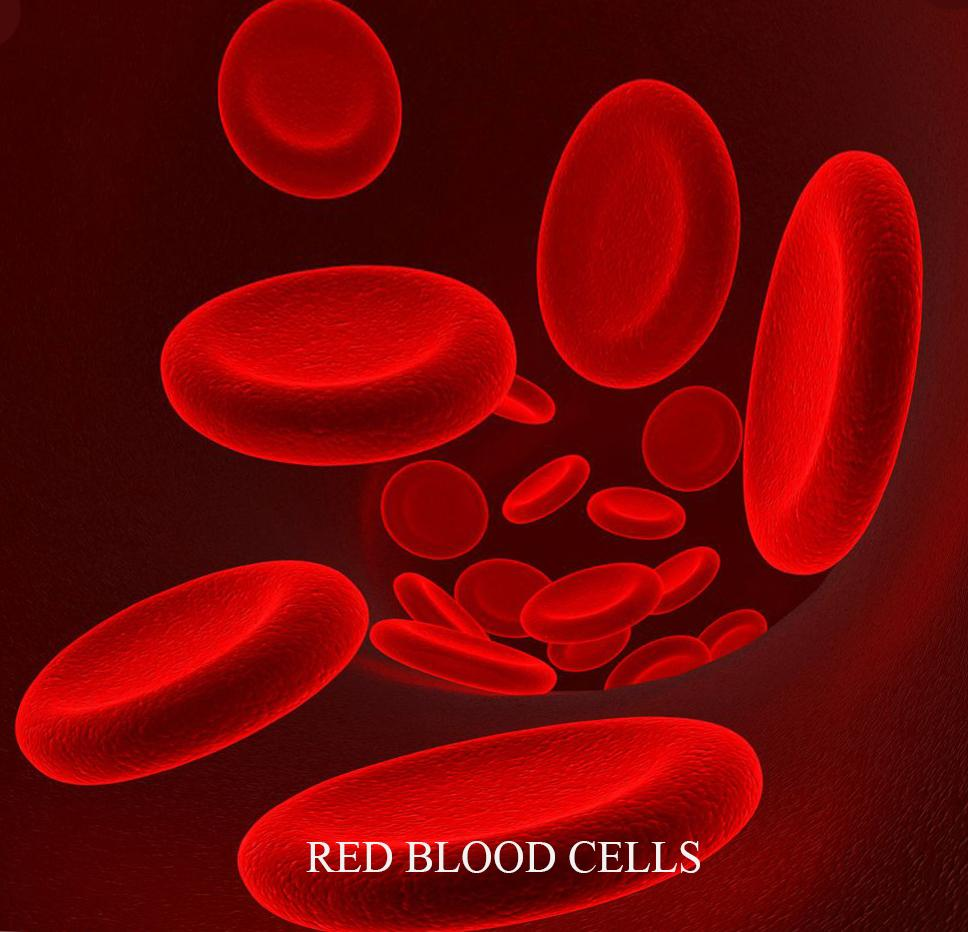
Human RBC is
(A)Oval, biconvex, enucleated
(B)Round, biconvex, enucleated
(C)Round, biconcave, enucleated
(D)Oval, biconcave, nucleated
(E)Oval, biconvex, nucleated
Answer
477.9k+ views
Hint: The cells create in the bone marrow and circle for around 100 to 120 days in the body before their parts are reused by macrophages. Every course takes around 20 seconds. Roughly a fourth of the cells in the human body are red platelets.
Complete answer:
Human erythrocytes or RBCs have a state of the plate that seems, by all accounts, to be 'collapsed' or nearly leveled in the center. This biconcave shape permits RBCs to twist and stream easily through the tightest veins in the body. Mammalian cells are enucleated in their development structure. They are little and round fit as a fiddle.
Additional Information: Red platelets (RBC), or erythrocytes, are the most widely recognized kind of platelet and the vertebrate life form's chief methods for conveying oxygen (O2) to the body tissues by means of the blood move through the circulatory framework. They take up oxygen in the lungs or gills and deliver it while just barely getting through the body's vessels.These cells' cytoplasm is well off in hemoglobin, an iron-containing biomolecules that can tie oxygen and is liable for the dim red's tone. In people, experienced red platelets are oval and adaptable biconcave circles. They come up short on a cell core and most organelles to oblige the greatest space for haemoglobin. 2.4 million New erythrocytes are created every second.
So the correct answer is ‘Round, biconcave, enucleated’.

Note: The fundamental employment of red platelets, or erythrocytes, is to convey oxygen from the lungs to the body tissues and carbon dioxide as a by-product, away from the tissues and back to the lungs. Hemoglobin (Hgb) is a huge protein in the red platelets that passes on oxygen from the lungs to all bits of our body.
Complete answer:
Human erythrocytes or RBCs have a state of the plate that seems, by all accounts, to be 'collapsed' or nearly leveled in the center. This biconcave shape permits RBCs to twist and stream easily through the tightest veins in the body. Mammalian cells are enucleated in their development structure. They are little and round fit as a fiddle.
Additional Information: Red platelets (RBC), or erythrocytes, are the most widely recognized kind of platelet and the vertebrate life form's chief methods for conveying oxygen (O2) to the body tissues by means of the blood move through the circulatory framework. They take up oxygen in the lungs or gills and deliver it while just barely getting through the body's vessels.These cells' cytoplasm is well off in hemoglobin, an iron-containing biomolecules that can tie oxygen and is liable for the dim red's tone. In people, experienced red platelets are oval and adaptable biconcave circles. They come up short on a cell core and most organelles to oblige the greatest space for haemoglobin. 2.4 million New erythrocytes are created every second.
So the correct answer is ‘Round, biconcave, enucleated’.

Note: The fundamental employment of red platelets, or erythrocytes, is to convey oxygen from the lungs to the body tissues and carbon dioxide as a by-product, away from the tissues and back to the lungs. Hemoglobin (Hgb) is a huge protein in the red platelets that passes on oxygen from the lungs to all bits of our body.
Recently Updated Pages
Master Class 11 Economics: Engaging Questions & Answers for Success

Master Class 11 Business Studies: Engaging Questions & Answers for Success

Master Class 11 Accountancy: Engaging Questions & Answers for Success

Master Class 11 English: Engaging Questions & Answers for Success

Master Class 11 Computer Science: Engaging Questions & Answers for Success

Master Class 11 Maths: Engaging Questions & Answers for Success

Trending doubts
State and prove Bernoullis theorem class 11 physics CBSE

1 ton equals to A 100 kg B 1000 kg C 10 kg D 10000 class 11 physics CBSE

State the laws of reflection of light

One Metric ton is equal to kg A 10000 B 1000 C 100 class 11 physics CBSE

1 Quintal is equal to a 110 kg b 10 kg c 100kg d 1000 class 11 physics CBSE

Difference Between Prokaryotic Cells and Eukaryotic Cells




